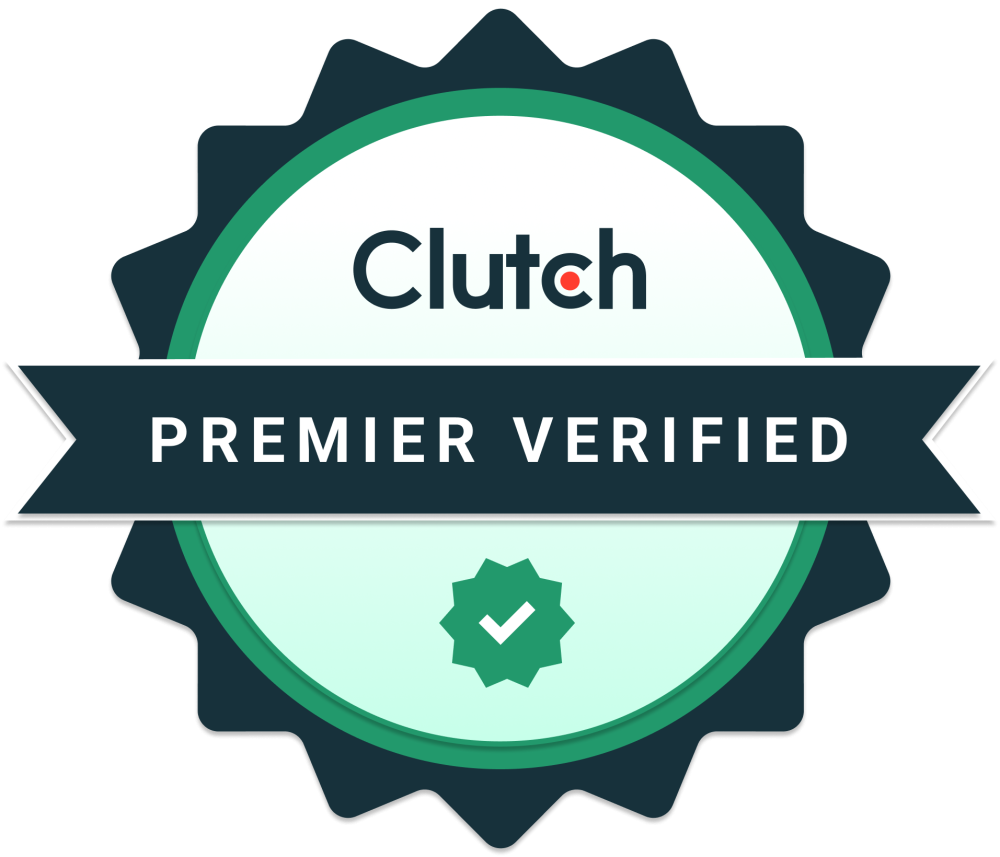4 Reasons to use an Agile Approach to Custom Software Development
Learn why an Agile software development partner is important. An overview of Agile and the top 4 reasons custom software developers use Agile frameworks.
November 10th, 2020 • Buildable News & Resources
Custom software projects are demanding. Our clients want -- and deserve -- quality work, and we must stay within their budgets. How do we make sure custom software projects meet our client goals and stay under budget? One word: Agile.
Recent reports found Agile projects’ success rates are two times higher than traditional projects, and we’ve witnessed this firsthand!
Agile methodology overview
The Agile mindset, and the operational frameworks that support it, can look deceptively simple. Our teams have practiced Agile for years, and we're still learning! But here are some basics to help you understand how it works:
- The Agile approach divides projects into “sprints” lasting 2-4 weeks.
- Each sprint contains a list of independent tasks -- the “backlog.”
- Sprints are organized into a roadmap, also called a “sprint plan.”
- Large project sprints are grouped in “epics,” or series of user stories that share a strategic objective.
- A project manager (PM) oversees all sprints, tasks, and resource allocation.
- Developers and PM hold daily 15-minute “standup” meetings covering what has been done, what is in progress or needs more information, and what is roadblocked.
- Collaboration is key: the customer and PM meet weekly to review the current sprint and plan the next one. When needed, the customer and full team meet to problem solve. And the PM and customer are empowered to adjust budget requirements and change priorities as the project progresses.
- A sprint ends with a deployment of a fully functioning piece of software, and the next sprint begins.
As you can see, Agile frameworks create an iterative process, where each iteration brings the project closer and closer to completion. Let’s dig into some of the reasons why we lead with this framework and why you should consider using it too.
1. Stronger Team Collaboration
What separates Agile-inspired projects from others is that Agile methodologies focus on customer-developer teamwork and frequent development iterations. It’s about how people collaborate throughout the entire product development lifecycle and how the customer is included in the process.
This framework promotes daily developer standups, weekly customer meetings, self-organized teams, transparent and real-time communications, and incremental progress. A stark difference from having a manager delegate each step in the process. Everyone brings a specific skill to the team. Collectively, these people combine to create smooth cross-functionality and the ability to deliver a phenomenal product.
Also, weekly customer meetings ensure that they play as an active participant in the Agile development process, for the entire duration of the project. This may appear like overkill at first, especially if you aren’t accustomed to frequent debriefs with a client. This is a crucial component of the process though, as the customer can immediately request changes, provide clarifications, or adapt their vision so the project continues to be successful.
2. Increased efficiency and adaptability
Given work is divided into sprints, where team members meet every day and once a week with the customer, questions can promptly get answers; issues are quickly resolved; workarounds are found, and cost-saving paths are forged. The entire process is designed to incorporate change and foster adaptability. Having a team that reacts to unforeseen situations or changes quickly, like legal environment changes, new mobile devices, new web browsers, etc., makes putting out potential fires a snap. Often, a fire barely makes it into a tinder.
Since the team is moving as one through a project, it grants greater adaptability to change as well. Just as a client with a view into each step of the process can make changes that are both simple and won’t increase cost, the development team can adjust, too. And fast. Simply put, Agile increases productivity across the board, thus delivering significant business value early into the process.
3. Improves product quality and cost
Part of what makes the Agile framework unique is each project is broken down into manageable pieces, called sprints. This lightweight framework provides a constantly evolving functional and technical landscape where teams can focus on the rapid delivery of a product.
Delivering on time or early does not mean a reduction in quality either. Agile allows for frequent builds, testing, and reviews during each iteration, ensuring quality is improved along the way. If there’s a defect, the team will find it and fix it quickly, keeping the project moving. Further, because each unit is built within a fixed-schedule, the cost for the client is more predictable. It tends to stay within the estimated cost provided and means more flexibility in the decision-making process for additional iterations.
4. Focus on business value
All software projects contain a mix of must-have and nice-to-have asks. The Agile process focuses on the must-haves first -- these are what usually drive the most value -- and prioritizes as many nice-to-haves that time and budget allow. By structuring it this way, it extends greater business value to the end-user and the customer.
For any vendor, providing business value to their customer is the main goal. What makes the Agile approach a premier choice for custom software development companies is it delivers strategic business value for clients through their involvement in the entire process. This framework is built with stakeholder engagement in mind before, during, and after each sprint -- not just when the task is done.
By gathering feedback from all stakeholders involved, it also provides a clear understanding of their business vision. Not to mention, it increases trust amongst the entire team and encourages all involved to be highly engaged in delivering the best possible product. Through this, the customer feels confident what is being delivered will prop them up for long-term success.
Bottom line, delivering results that make a difference for an organization is what matters most. If you’re considering a software project and are unsure what’s right for your business, try taking our quiz to find out if custom software is right for your needs.
Plus, find out more about our software services and the tech stack we use here.
Email: connect@buildableworks.com
What can we help you with?
Talk with an expert at Buildable about your project.
This site is protected by reCAPTCHA. Google Privacy Policy and Terms of Service apply.
Copyright © 2025 Buildable.
All Rights Reserved
Privacy Policy | Terms of Service




